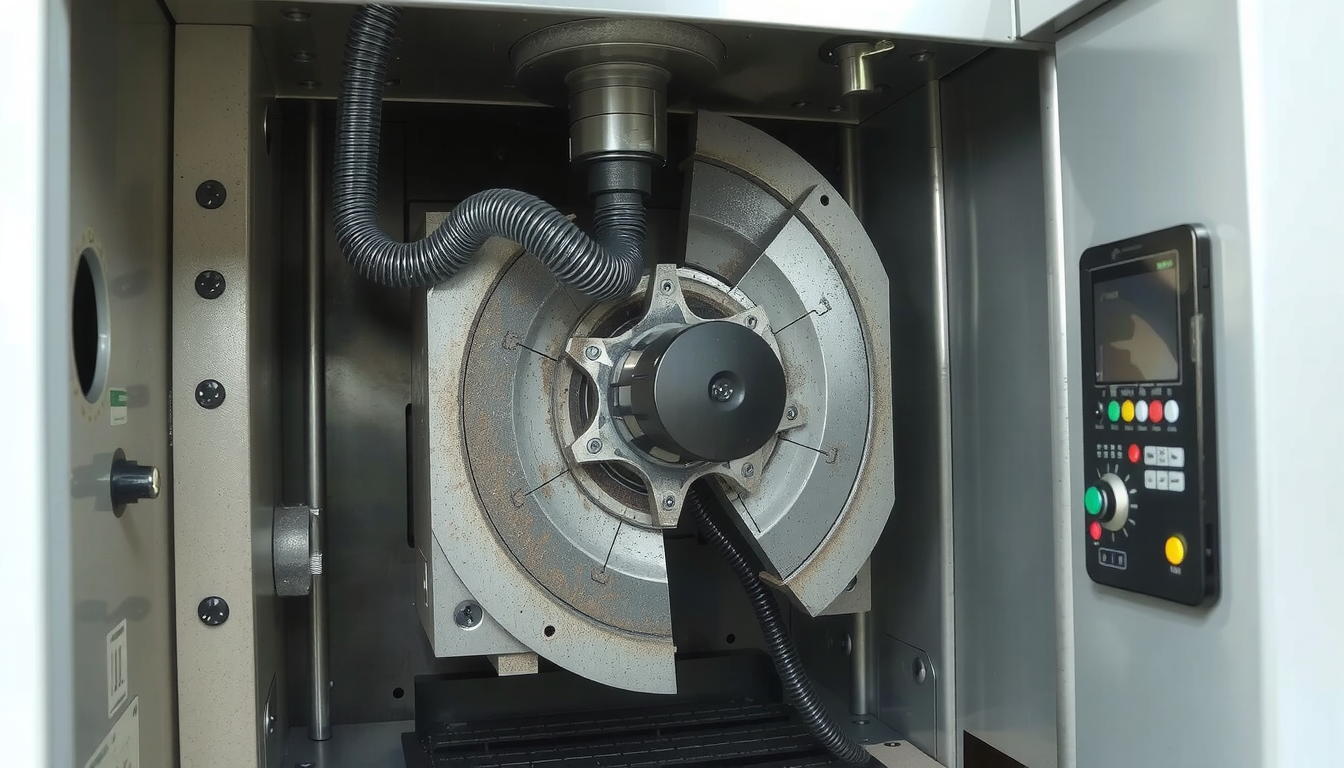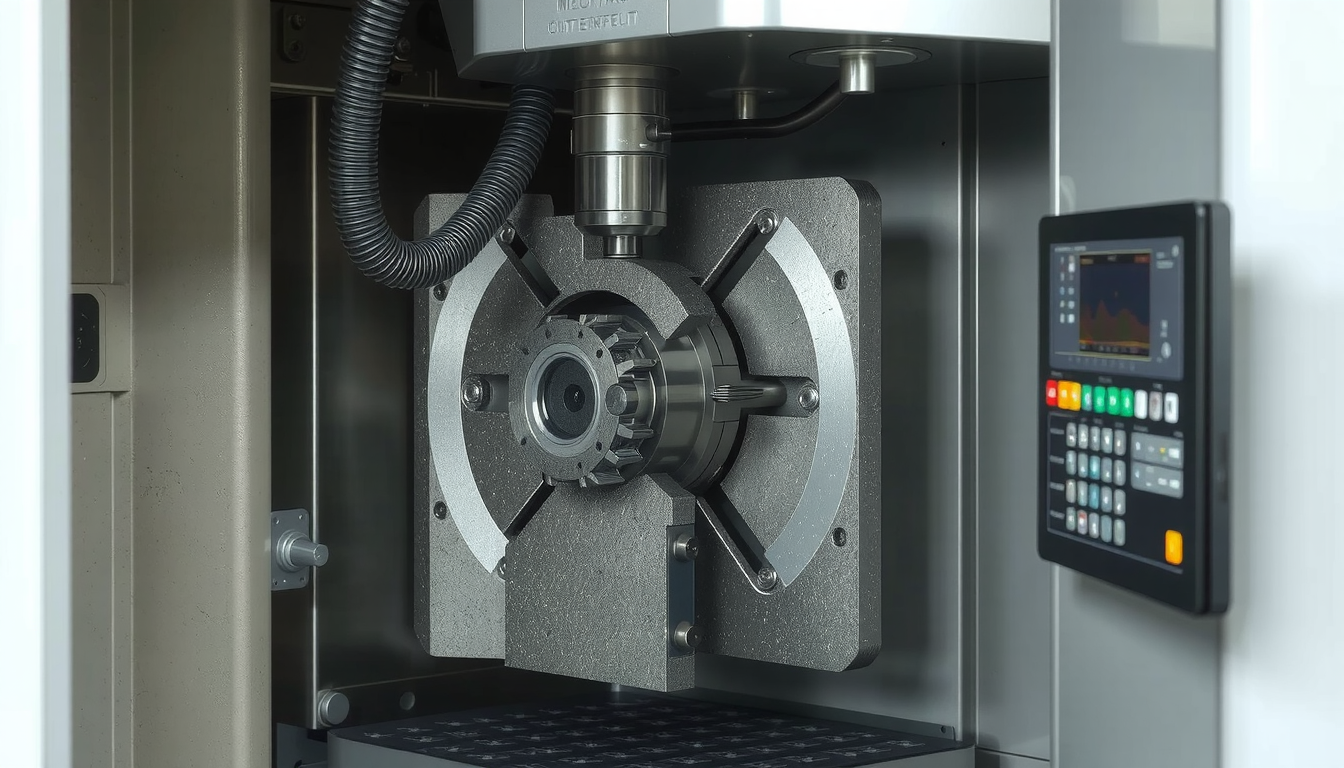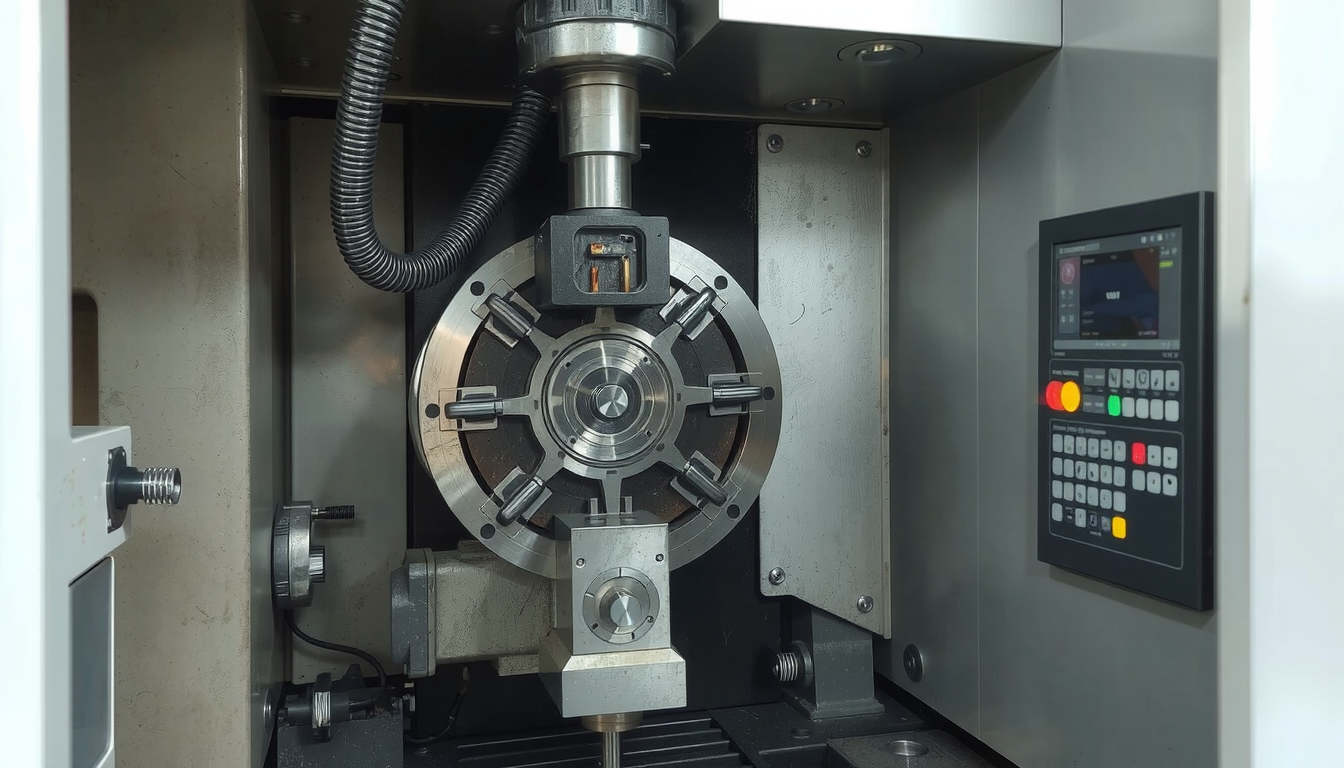The question of how many axes are present in a CNC turning machine has no one correct answer. A CNC turning machine can have as few as 2 axes. They can also be equipped with up to 12 or more. The most common configurations available are 2, 3, 4, and 5-axis machines.

The axes directly limit the complexity of parts that one can produce. The more axes, the more movements there are. This allows for configuring the part in more detail during one operation.
This guide will illuminate different axis setups. We will explore the role of each axis. We will assist you in determining which machine is suitable. A brief comparison between a simple CNC lathe and more advanced forms of CNC lathes, which are called turning centers, will also be included. Being familiar with the CNC turning machine axes is a must for efficient manufacturing.
The Fundamentals: Getting to Know the Basic Axes in CNC Turning
To answer the question of how many axes a CNC turning machine can have, we will begin with the essentials. Imagine a potter’s wheel. The ceramic rotates while the potter utilizes tools to shape it by drawing them in and out of the body. He also carries the tools up and down on the clay.
A basic CNC turning machine prototypes the same principle. It’s also known as a lathe. The spindle makes the workpiece spin at a very high speed. The workpiece mainly consists of a metal bar. A cutting tool that moves along two main paths cuts the material into a circle. These paths are the underlying axes of all turning work.
The Z-Axis: The Axis of Length
The Z-axis is the one controlling the tool to move over the length of the part. It is aligned with the main spindle that spins the workpiece. The tool’s movement thus allows cutting the part lengthwise from end to end.
The X-Axis: The Axis of Diameter
The X-axis is the one that controls the tool to get in and out. This is done by making it move toward or apart from the center of the part. The X-axis motion is at a right angle to the Z-axis, so they are perpendicular. The X-axis in this way sets the diameter of the cut part.
A standard 2-axis CNC lathe, which consists of these two axes only, can be used to work on simple round parts, for instance, making pins, basic shafts, and bushings. This is the straightforward answer to how many axes there are in a CNC turning machine.
Building Capability: From 2-Axis to 5-Axis Turning Centers
While 2-axis machines are the very basis, the addition of more axes literally changes the game. Each new axis is a gateway to additional cuts and features. It transforms a simple lathe into a powerful mill-turn center.

3-Axis Turning: Adding the C-Axis and Live Tooling
The first considerable upgrade is a third axis. This axis is not another straight one. This is an axis that rotates.
- Axis Added: The C-axis.
- New Movement: The axis gives precise control of the main spindle rotation. The spindle can either just spin for a cut or stop and hold a specific angle.
- Example Part Feature: A hole being drilled in a shaft, or milling a flat spot.
Using the C-axis requires the machine to have live tooling. They are a special kind of powered tool like drills or small milling cutters. They are set in the turret of the machine. The live tool performs the milling work, while the C-axis positions the part. This configuration is used for simple milling tasks on a turned part without the need to move it to another machine.
4-Axis Turning: Introducing the Y-Axis
The next step in capability is the Y-axis. This is definitely a transformational feature for turning centers. The knowledge of this axis is crucial for complex parts when we talk about the quantity of axes in a CNC turning machine.
- Axis Added: The Y-axis.
- New Movement: The axis enables the tool to move up and down. It moves in a perpendicular direction to the X and Z axes.
- Example Part Feature: Milling a pocket or slot that is not on the centerline of the part.
With only a C-axis, milling is limited to the centerline. The Y-axis allows the tool to move off-center. Now, it is possible to create a lot more complex shapes. For instance, you can create bolt hole patterns and other features that are not symmetrical around the center of the part.
5-Axis Turning: The Power of the B-Axis
The peak of single-spindle turning centers is 5-axis capability, which adds the B-axis. This time it is for the tool itself.
- Axis Added: The B-axis.
- New Movement: This axis lets the tool turret or milling head tilt or pivot.
- Example Part Feature: Machining a valve with an angled port, or creating a turbine blade with a curved surface.
Thanks to the B-axis, the tool can approach the part from different angles. This is crucial for machining complex parts in one setup. Examples include medical implants, aerospace components, and sophisticated hydraulic manifolds. This “done-in-one” strategy not only enhances accuracy but also expedites the production process.

Practical Application: Matching Axis Count to Part Complexity
The first stage of the decision-making process is mapping the right machine to the part’s design. In our experience at Mékalite, we study a part’s features to find the most effective way to manufacture it. Here is a straightforward overview that describes how the number of CNC turning machine axes correlates with the characteristics of real parts.
2-Axis Work: The Simple Shaft
Think of a normal cylindrical shaft or pin. All features on it are round and centered. The cutting tool only needs to move along the length of the part (Z-axis). It also moves in and out to set the diameter (X-axis). A 2-axis lathe is the most economical and fastest way to produce high volumes of this part design.
3/4-Axis Work: The Slotted Bolt with a Hex Head
Now, picture a custom-built bolt. Turning the threaded shank is simple 2-axis work. However, milling the six-sided head requires the part to be turned to specific angles. This task is just about perfect for a C-axis and live tooling (3-axis). If that same bolt also had a slot milled into its side, but off-center, a Y-axis would be needed for true 4-axis work. This avoids a second setup on a milling machine.
5-Axis Work: The Complex Valve Body
Consider a small, detailed valve body with numerous features, such as angled ports and internal passages. The main body can be turned. But the angled holes and surfaces are unachievable unless the tool is tilted. The B-axis is now indispensable. A 5-axis turning center can machine all these features in one clamping. For projects requiring such features, using advanced Services de tournage CNC with 4 and 5-axis capabilities is essential for both precision and efficiency.
The Decision Matrix: How to Choose the Right Number of Axes
When determining the number of axes you need in a CNC turning machine, you should consider not only the complexity of the part but also factors such as cost, production volume, and programming skills. The “best” machine is the one that fulfills your specific business and manufacturing goals.
We can use a simple table to compare the different setups.
| Axis Count | Complexité des pièces | Temps de préparation | Complexité de la programmation | Machine Cost | Best For… |
|---|---|---|---|---|---|
| 2 axes | Faible | Rapide | Simple | Faible | High-volume production of simple cylindrical parts. |
| 3/4-Axis | Moyen | Modéré | Intermédiaire | Moyen | Parts needing some milling/drilling, reducing second ops. |
| 5+ Axis | High to Complex | Long | Complex | Haut | “Done-in-one” machining of complex parts (aerospace, medical). |

The financial investment is vital to take into account. While prices vary, a 5-axis turning center can cost 2-3 times more than a standard 2-axis lathe. This consideration is crucial in any return-on-investment calculation.
Beyond 5 Axes: What are 7, 9, and 12-Axis Machines?
You may hear about machines that go far beyond 5 axes. These highly advanced machines are often called “multi-tasking” or “mill-turn” centers. They are designed for maximum productivity.
How More Axes Are Achieved
These machines add more components that move independently. For example, a machine might have:
- A main spindle (with a C-axis).
- A sub-spindle (to work on the back of the part, with its own C-axis).
- An upper tool turret (with X, Z, Y, and B axes).
- A lower tool turret (with its own X and Z axes).
The fusion of all these movements can lead to machines that can offer up to 12 axes of motion. This fits into a wider paradigm of multiaxis machine design.
The Objective: Maximization of Production, Not Merely Complexity
The main reason for so many axes is to reduce cycle time. These machines can perform “pinch turning,” meaning two tools can cut the same part at the same time. They can also machine the front of a part with the main spindle and then pass it to the sub-spindle to finish the back. This completely removes the requirement for manual handling, leading to incredible efficiency in the production of high-volume, complex parts.
Conclusion: The Ultimate Guide for CNC Turning Machine Axes
We have traveled from the simple 2-axis lathe to complex multi-tasking centers. We understood how the additional axes—C, Y, and B—pave the way for new manufacturing capabilities, making it possible to produce parts with high detail in fewer steps.
The bottom line is obvious. Your part’s design dictates how many axes you need in a CNC turning machine. The accuracy required and production goals are also pivotal factors. A 2-axis lathe suits simple shafts, while a 5-axis one is a must for complex medical parts.
Detecting the right number of axes is the initial stage in the development of efficient and precise manufacturing processes. For expert help and manufacturing solutions, browse the resources available at Mecanext.
Frequently Asked Questions (FAQ)
What’s the most common number of axes for a CNC turning machine?
For basic turning, 2-axis (X, Z) is the standard. However, 3-axis and 4-axis turning centers are very common in modern machine shops. They add a C-axis, live tooling, and often a Y-axis. This added functionality significantly reduces the need for secondary operations on a milling machine, which in turn improves overall efficiency and part accuracy.
Can a 2-axis CNC lathe do milling?
No, a standard 2-axis CNC lathe is not capable of milling. Milling requires a rotating cutting tool and at least one additional axis for positioning, like a C-axis. This capability begins with 3-axis turning centers. These are equipped with live tooling to enable drilling and milling features on a turned part.
Is a 5-axis turning center the same as a 5-axis milling machine?
No, they are different machines designed with different primary functions. A 5-axis turning center (or mill-turn) is built on a lathe platform where the workpiece rotates. It adds milling capabilities. A 5-axis milling machine is built on a mill platform where the tool rotates and the workpiece is stationary or moves on a table. Both can make complex parts, but their approaches and ideal uses differ.
What does “live tooling” have to do with the number of axes?
Live tooling is a key feature for turning machines with 3 or more axes. It refers to powered tools in the turret, like drills and end mills, that spin independently of the main spindle. The C-axis rotates the workpiece to a specific angle, after which the live tool performs a milling or drilling cut. A C-axis would have very limited use without live tooling.
Do more axes always mean better parts?
Not necessarily. More axes provide more capability for complex shapes, but they also mean a higher machine cost, more complex programming, and longer setup times. For a simple part like a plain bushing, a 2-axis lathe will make a “better” part because it will be produced faster and at a lower cost than on a 5-axis machine. The best machine is always the right tool for the specific job.

